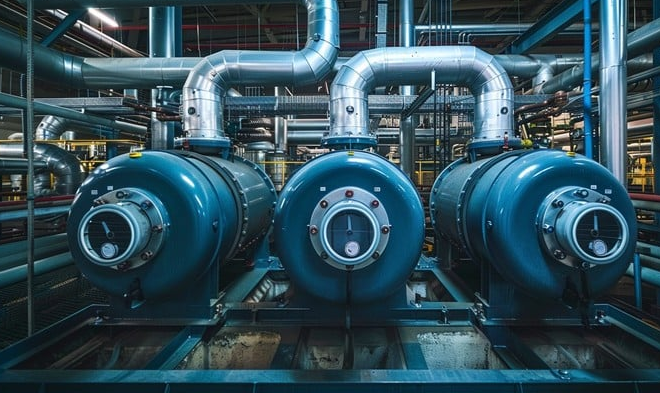
In industrial environments, the reliability of your pump and machinery is paramount to operational efficiency and overall productivity. Maintaining this equipment goes beyond simple inspections; it encompasses a comprehensive strategy that includes predictive analytics, advanced monitoring technologies, and structured maintenance protocols.
Here’s an in-depth look at the critical aspects of maintaining your machinery:
1. Predictive Maintenance: Leveraging Data Analytics
Predictive maintenance employs data analytics and condition-monitoring tools to forecast potential failures before they occur. By integrating sensors on high pressure pumps and machinery, you can collect real-time data on vibration, temperature, and pressure. For example, using vibration analysis can help identify imbalances or misalignments in rotating machinery.
2. Condition Monitoring: Real-Time Insights
Condition monitoring involves continuously assessing the performance of machinery through various technologies. For instance, employing thermal imaging can help detect overheating components, which is crucial in preventing catastrophic failures. Additionally, utilising oil analysis can provide insights into the condition of industrial oil pumps, enabling you to identify contaminants or degradation before they cause significant issues.
3. Root Cause Analysis (RCA)
When equipment fails, conducting a root cause analysis is essential to prevent recurrence. This process involves identifying the underlying factors contributing to a failure, rather than merely addressing the symptoms. For example, if a pump is frequently overheating, an RCA might reveal inadequate cooling systems or improper fluid viscosities.
4. Advanced Training and Upskilling
An often-overlooked aspect of equipment maintenance is the human factor. Providing advanced training for maintenance staff on new technologies and methodologies can enhance their skills and improve overall maintenance effectiveness. Techniques such as Lean Six Sigma can be integrated into maintenance processes to eliminate waste and improve efficiency. Upskilling your team ensures they are well-equipped to handle advanced maintenance tasks and make informed decisions based on real-time data.
5. Lifecycle Management and Sustainability
Understanding the entire lifecycle of your equipment allows for better planning and resource allocation. This includes evaluating the total cost of ownership (TCO), which encompasses purchase price, maintenance, energy consumption, and eventual disposal costs. By implementing sustainable practices, such as recycling old components and using energy-efficient machinery, you can reduce environmental impact while also enhancing operational efficiency.
Conclusion
Maintaining your pump and machinery is not just a routine task but a strategic initiative that can significantly impact your bottom line. By adopting advanced methodologies such as predictive maintenance, condition monitoring, and root cause analysis, you can ensure your operations run smoothly and efficiently.
